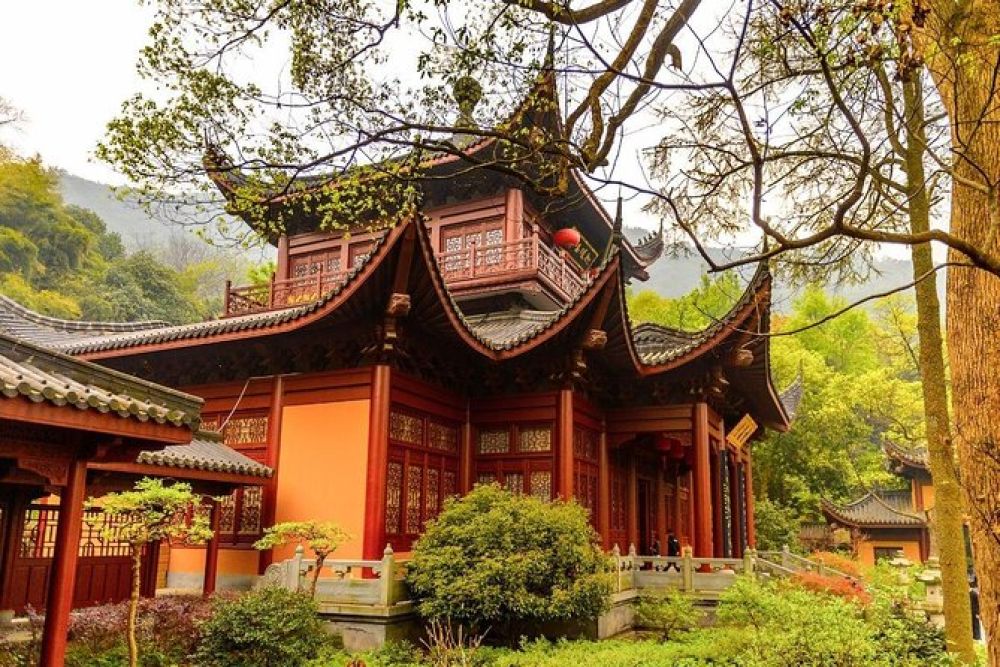Lingyin Temple Tourism in Hangzhou, China
Introduction to Lingyin Temple
Located in the scenic city of Hangzhou, Zhejiang Province, the Lingyin Temple, also known as the Temple of the Soul's Retreat, is one of the most significant and beautiful Buddhist monasteries in China. Nestled against the serene backdrop of the North Peak and facing the placid waters of the West Lake, this temple has been a site of spiritual solace and allure for tourists for many centuries.
History of Lingyin Temple
The history of Lingyin Temple dates back to the Eastern Jin Dynasty when it was founded in 328 AD by an Indian monk named Huili. Throughout the centuries, the temple has undergone numerous reconstructions and renovations, especially during the later dynasties like the Five Dynasties and Ten Kingdoms period and the Qing Dynasty. Despite these changes, the temple has retained its importance as a center for Buddhist teaching and a major pilgrimage site.
Tourism at Lingyin Temple
Tourism at Lingyin Temple began to flourish during the Song Dynasty when Hangzhou served as the imperial capital. Its proximity to the famous West Lake made it a favored destination for emperors and literati seeking spiritual retreat and inspiration. The picturesque landscapes surrounding the temple are epitomized in classical Chinese poetry and painting, further enhancing its reputation as a must-visit locale.
Recent Developments in Tourism
In recent years, the Chinese government and local authorities have invested heavily in the conservation of Lingyin Temple, aiming to preserve its cultural heritage while accommodating the growing number of tourists. Modern facilities have been added for visitor comfort without compromising the temple's ancient aesthetics. Today, Lingyin Temple offers a blend of historical edification and modern convenience to its visitors.
Visitor Experience
Tourists visiting Lingyin Temple can explore a number of halls, including the Main Hall (Mahavira Hall), which houses an impressive 19.6-meter-tall statue of the Sakyamuni Buddha carved out of 24 pieces of camphor wood and gilded with gold. Numerous pagodas, grottoes, and Buddhist relics add to the site’s richness. The Fei Lai Feng, or Flying Peak, is adorned with hundreds of rock carvings of Buddha dating from the 10th to the 14th century.
Latest Tourism Trend
The latest trend in tourism for sites like Lingyin Temple is the integration of technology with cultural experiences. Augmented reality guides and mobile apps are now available to enrich the knowledge of visitors regarding the historical context of the temple, detailed information about the art and architecture, and translations of inscriptions. Additionally, mindfulness and meditation retreats within the monastery grounds have become increasingly sought after for those looking to immerse themselves in the temple's tranquil atmosphere.
Conclusion
As one of China's most treasured Buddhist sites, Lingyin Temple continues to attract both the spiritually inclined and tourists interested in historical architecture and natural beauty. Its tourism history is as rich and layered as the cultural traditions and religious practices that continue within its sacred halls. With a legacy that has been preserved for over a millennium, Lingyin Temple remains a sublime jewel in the crown of Hangzhou's tourist attractions.

